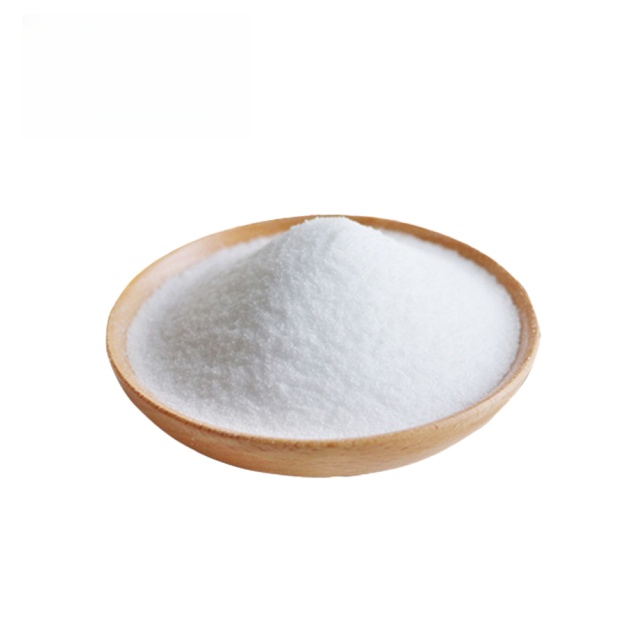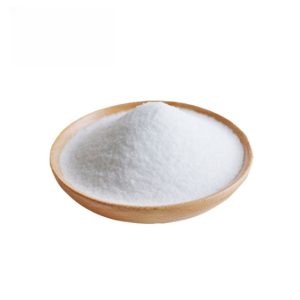Basic Information
- CAS Number: 73-22-3
- Molecular Formula: C11H12N2O2
- Molecular Weight: 204.23
- English Name: L-Tryptophan
- Common Names: L-Tryptophane, L-2-Amino-3-(indol-3-yl)propionic acid, etc.
Physical and Chemical Properties
- Density: 1.4±0.1 g/cm³
- Boiling Point: 447.9±35.0 ℃ at 760 mmHg
- Melting Point: 289-290 ℃ (dec.) (lit.)
- Flash Point: 224.7±25.9 ℃
- Refractive Index: 1.698
- Vapor Pressure: 0.0±1.1 mmHg at 25℃
Biological Activity and Functions
- Essential Amino Acid: L-Tryptophan is an essential amino acid that humans must obtain from food, as it cannot be synthesized by the body.
- Protein Synthesis: It is a crucial component of proteins, essential for maintaining normal physiological functions of the body.
- Serotonin Synthesis: L-Tryptophan is a precursor of serotonin, a neurotransmitter involved in regulating sleep, emotions, appetite, and pain.
- Synthesis of Melatonin and Vitamin B3: It is also a precursor of melatonin and vitamin B3 (niacin), both of which have positive effects on sleep quality and skin health.
Storage Conditions
- Stability: Prolonged exposure to light can discolor it. Heating with water can produce a small amount of indole, especially in the presence of sodium hydroxide and copper sulfate. It is relatively stable when heated with acids in the dark, but it is highly prone to decomposition when coexisting with other amino acids, sugars, and aldehydes.
- Storage: It should be stored in a sealed, cool, dry, and light-shielded environment.
Applications
- Nutritional Supplements: Due to its crucial role in the synthesis of serotonin, melatonin, and vitamin B3, L-Tryptophan is often used as a nutritional supplement to support mental health, sleep quality, and skin health.
- Medical Research: In medical research, L-Tryptophan is also used to study its effects on mood, pain, and sleep quality.
In summary, L-Tryptophan is an essential amino acid that is vital for human health, participating in various biological processes and playing a crucial role in maintaining normal physiological functions of the body.


Reviews
There are no reviews yet.